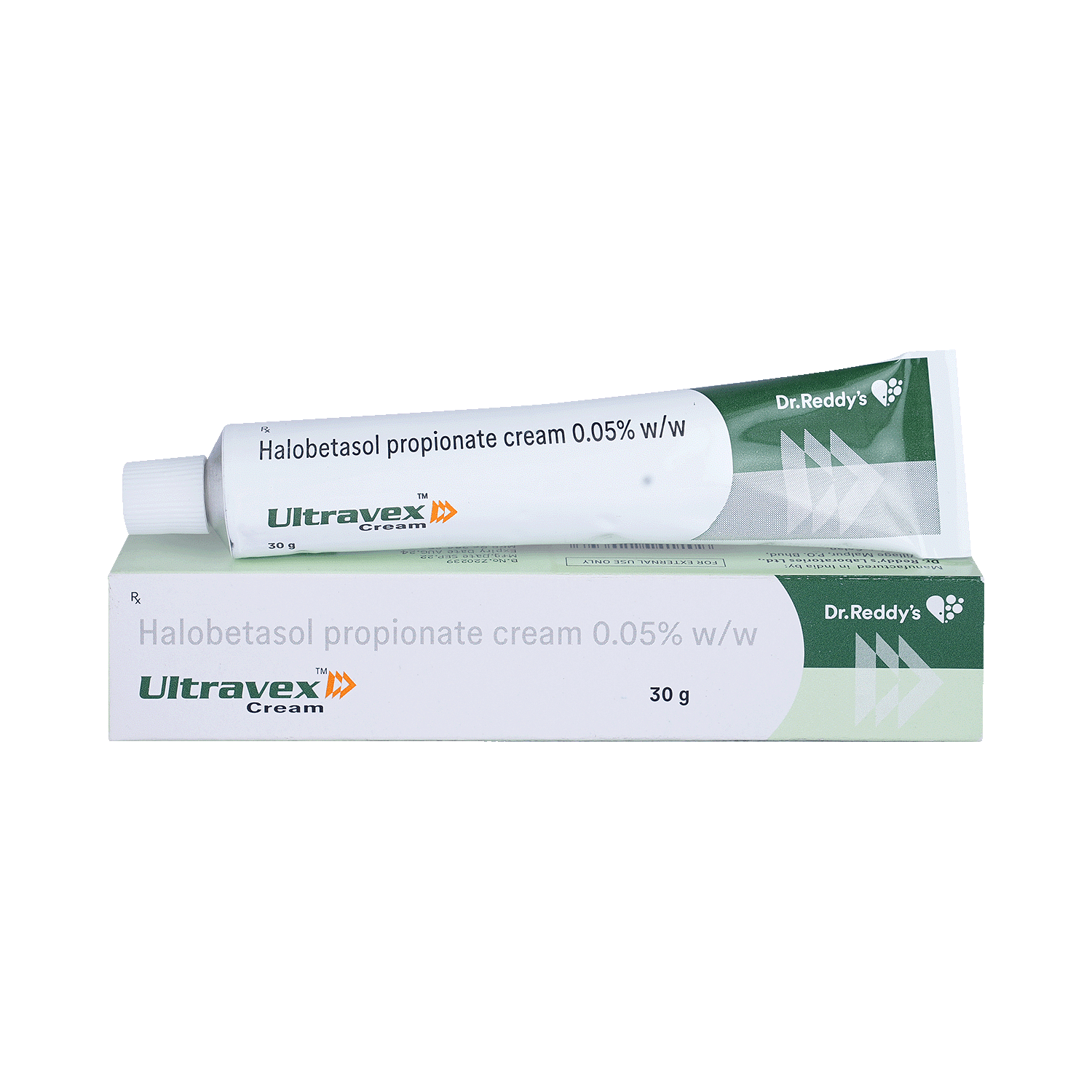
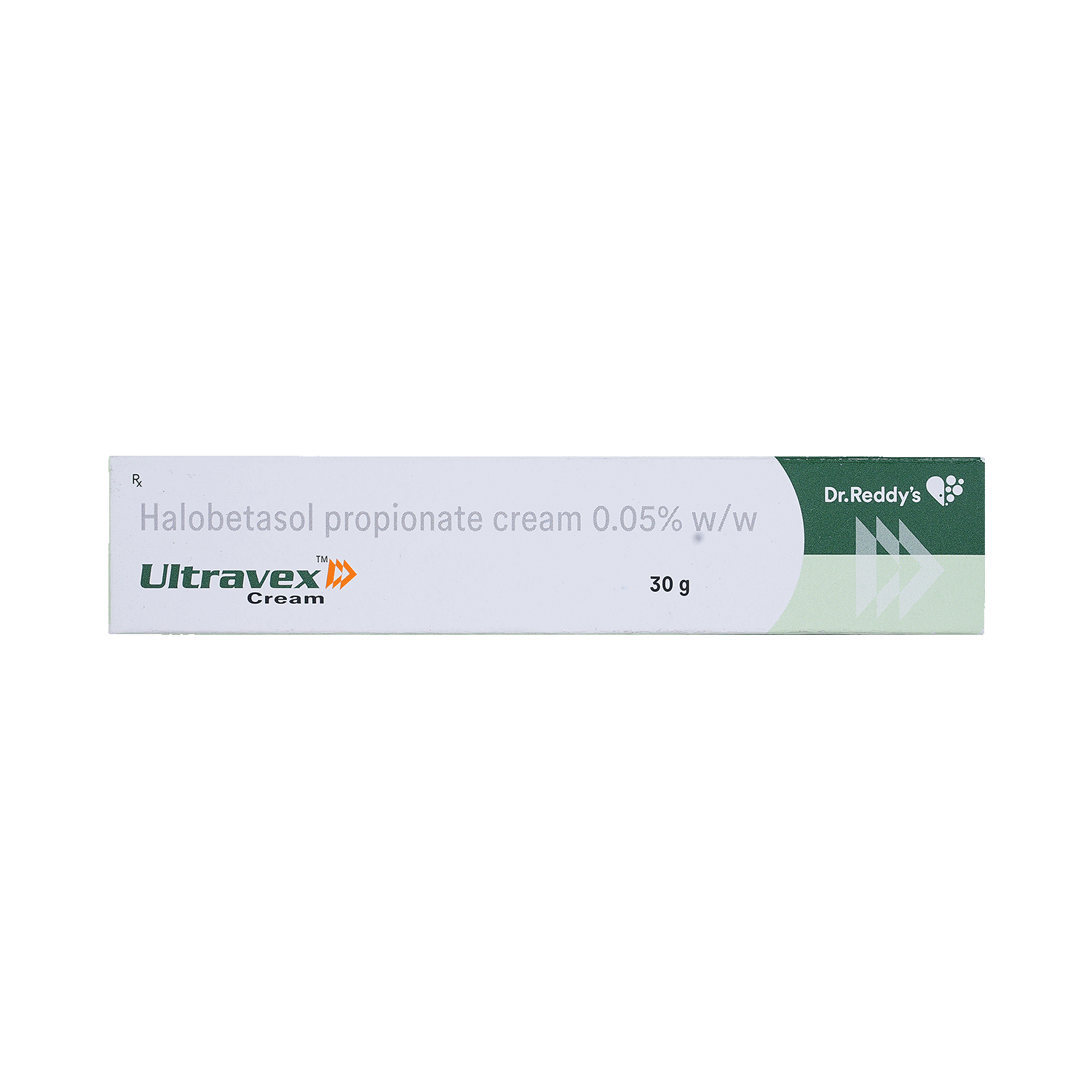




Ultravex Cream
Manufacturer
Dr Reddy's Laboratories Ltd
Salt Composition
Halobetasol (0.05% w/w)
Key Information
Short Description
Ultravex Cream belongs to a group of medicine called steroids. It is used for the treatment of allergic disorders and inflammatory skin conditions.
Dosage Form
Cream
Introduction
Ultravex Cream is only meant for external use and should be used as advised by your doctor. You should normally wash and dry the affected area before applying a thin layer of the medicine evenly on the affected skin. Use it regularly to get the maximum from it. Avoid any contact with your eyes, nose, or mouth. Rinse it off with plenty of water in case of accidental contact. Avoid covering the treated area with airtight dressings such as bandages unless directed by a doctor. This medicine may cause burning, irritation, itching, and redness at the site of application. These side effects are temporary and usually go away with time. However, if they persist or worsen, let your doctor know. Pregnant and breastfeeding mothers should consult their doctors before using this medicine. It is not recommended for children under 12 years of age.
Directions for Use
This medicine is for external use only. Use it in the dose and duration as advised by your doctor. Check the label for directions before use. Clean and dry the affected area and apply the cream. Wash your hands after applying unless hands are the affected area.
Safety Information
Side Effects
No common side effects listed.
Alcohol Warning
No interaction found/established
Breastfeeding Warning
Ultravex Cream is probably safe to use during breastfeeding. Limited human data suggests that the drug does not represent any significant risk to the baby.
Pregnancy Warning
Ultravex Cream may be unsafe to use during pregnancy. Although there are limited studies in humans, animal studies have shown harmful effects on the developing baby. Your doctor will weigh the benefits and any potential risks before prescribing it to you. Please consult your doctor.
Interacting Medicines
Acarbose Amlodipine Aprepitant Atazanavir
How it works
Ultravex Cream is a steroid. It works by blocking the production of certain chemical messengers (prostaglandins) that make the skin red, swollen, and itchy.
Quick Tips
Ultravex Cream is used to treat the redness, swelling, itching, and discomfort of various skin conditions. It should be applied to the affected areas as a thin film two or three times daily or as advised by your doctor. Don't use it more often or for longer than advised by your doctor. Don't cover the area being treated with airtight dressings such as bandages unless directed by a doctor as this may increase the risk of side effects. If you think the area of skin you are treating has become infected you should stop using Ultravex Cream and consult your doctor. Consult your doctor if your skin condition has not improved after 2 weeks of treatment.
Related Medicines
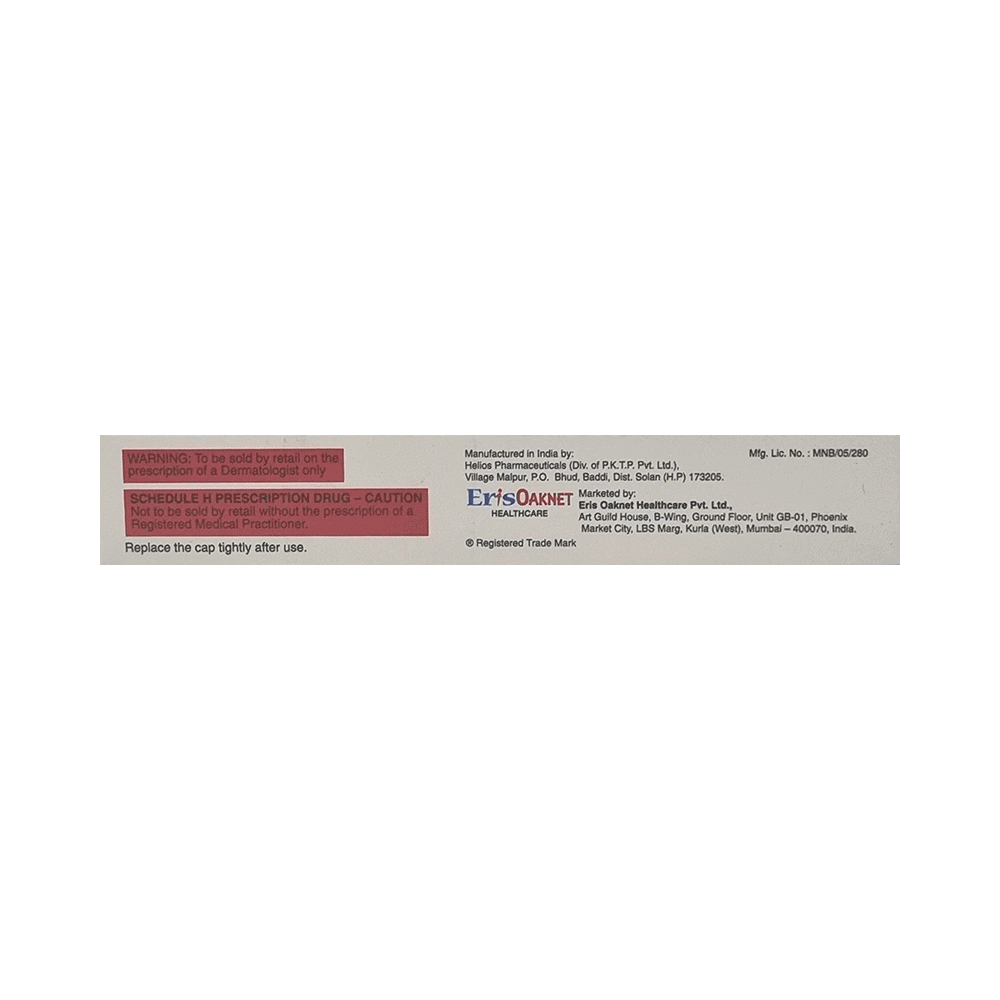
Halovate Cream

Halotop Cream
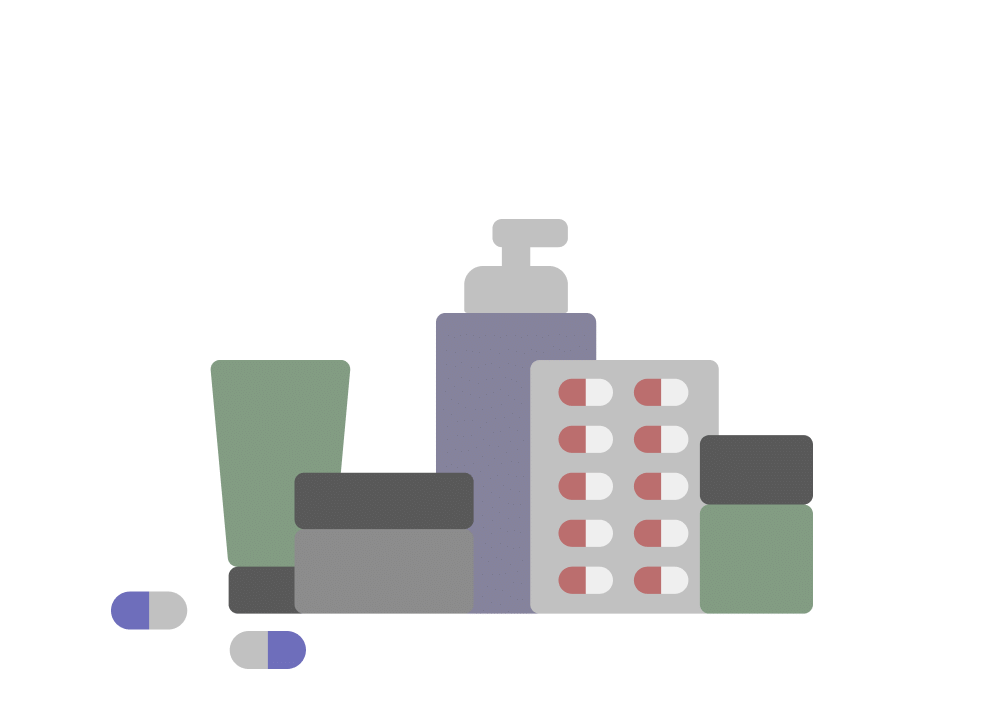
Halox Cream
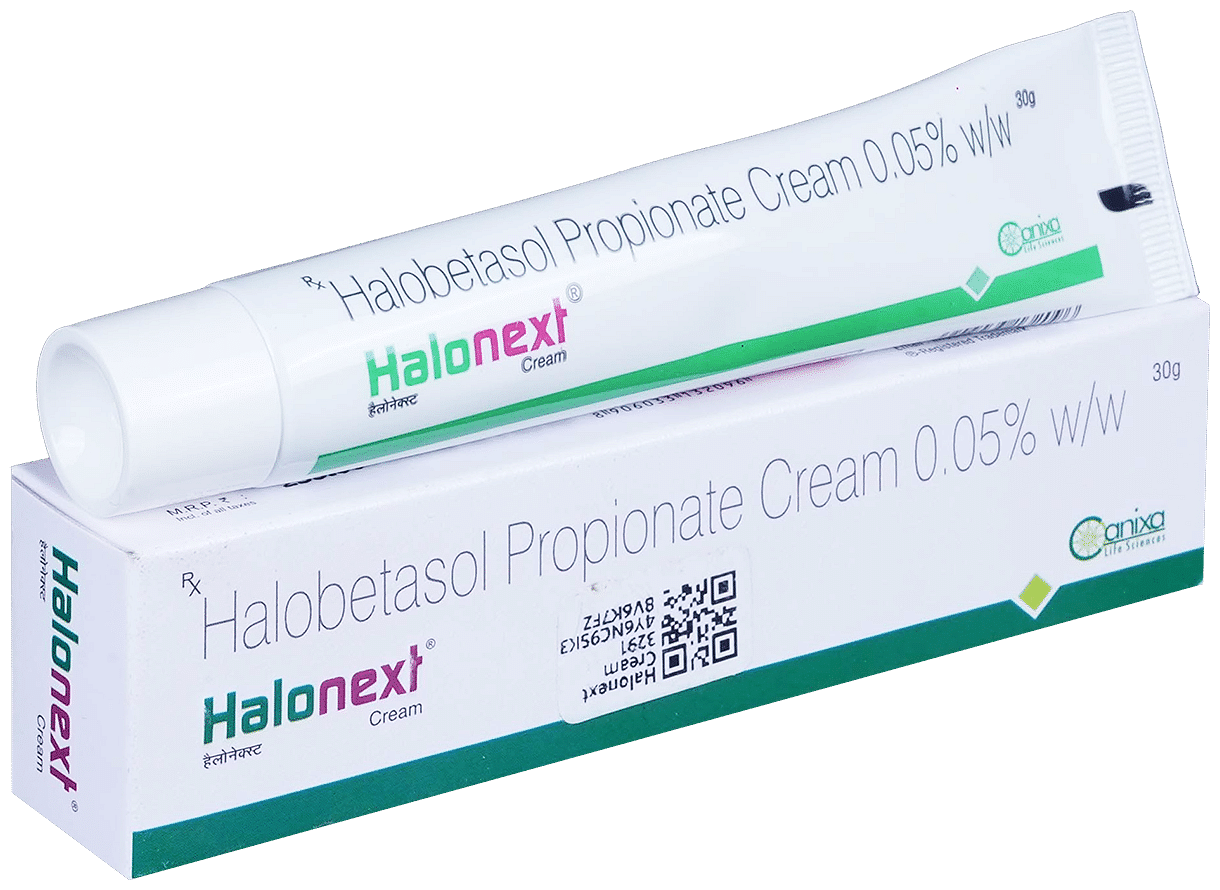
Halonext Cream

Hobs 0.05% Cream

Halorab 0.05% Cream

Halo 0.05% Cream

Sanareo Cream
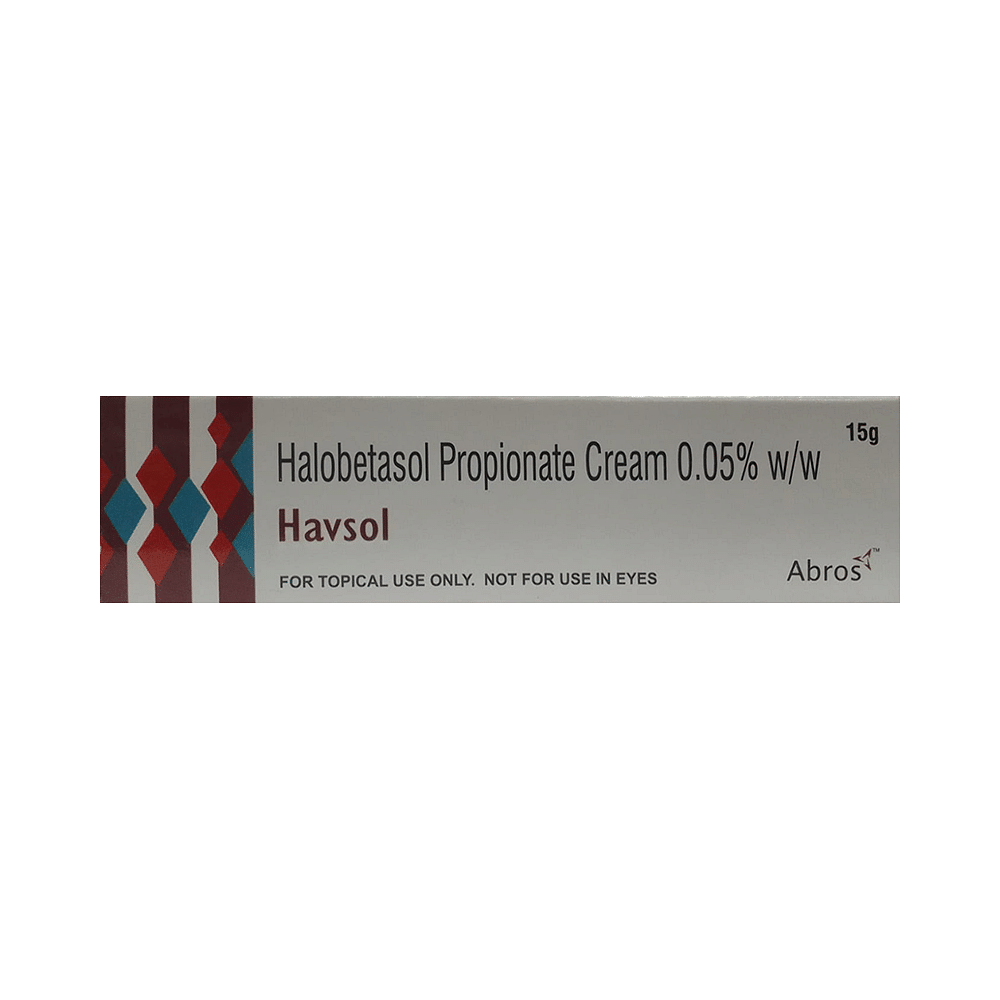
Havsol Cream

Halo 0.05% Cream
Frequently asked questions
What is Ultravex Cream used for?
Ultravex Cream is a topical medication used to treat inflammatory skin conditions. It helps relieve itching, redness, scaling, and swelling associated with these diseases.
How to use Ultravex Cream?
Apply Ultravex Cream gently twice daily for up to two weeks to the affected area. If you don't see improvement after this period, consult your doctor for reevaluation.
What should I do if I forget to use Ultravex Cream?
If you forget to apply Ultravex Cream, continue using it as soon as possible. If you have any questions or concerns, please speak with your doctor.
Can you use Ultravex Cream on broken skin?
No, Ultravex Cream should not be applied to broken skin. It is a steroid that suppresses the immune system and may cause delayed wound healing or worsen the condition.
Does Ultravex Cream cause local irritation or skin reactions?
Ultravex Cream can cause local skin reactions such as burning, itching, irritation, dryness, and hypopigmentation in some individuals. If you have a history of allergies or sensitivities, inform your doctor before starting treatment with this medication. If any reaction occurs, stop the medication immediately and consult your doctor.
Are Ulobetasol and Ultravex Cream the same?
Yes, these two are the same medicine. Ulobetasol is an alternate chemical name for Ultravex Cream. They both are topical steroids that can be used to treat skin conditions.
What precautions do I need to take while using Ultravex Cream?
Avoid getting Ultravex Cream in your eyes or mouth. If it gets into your eyes, rinse them with water immediately and contact your doctor. Do not use Ultravex Cream if you are allergic to it or any of its ingredients. Let your doctor know if you notice any allergic reactions after starting treatment. Inform your doctor about any medications you regularly take in case there might be an interaction. Do not cover the treated area with a bandage, as this can increase absorption and potential side effects. Do not exceed the recommended dosage for symptom relief.


